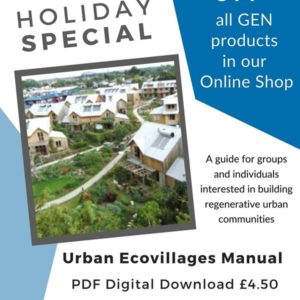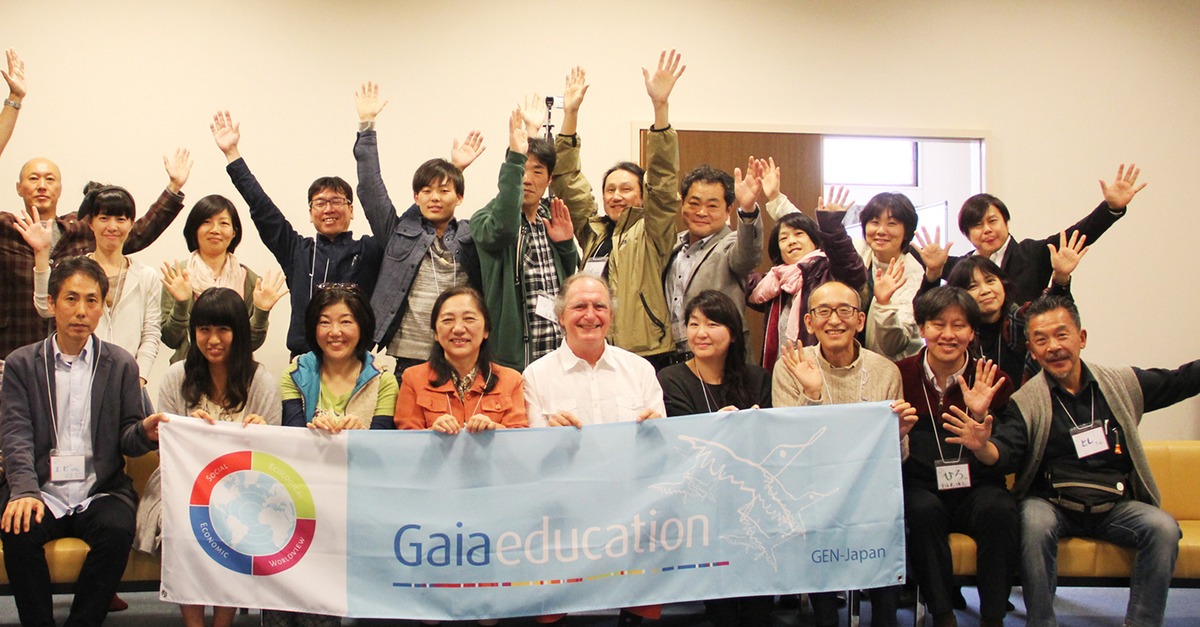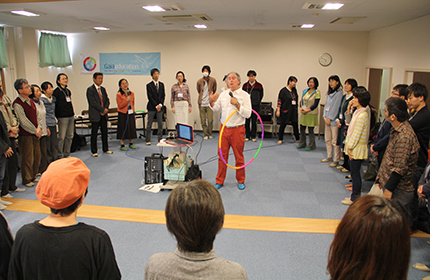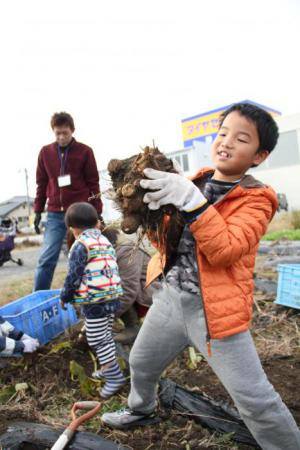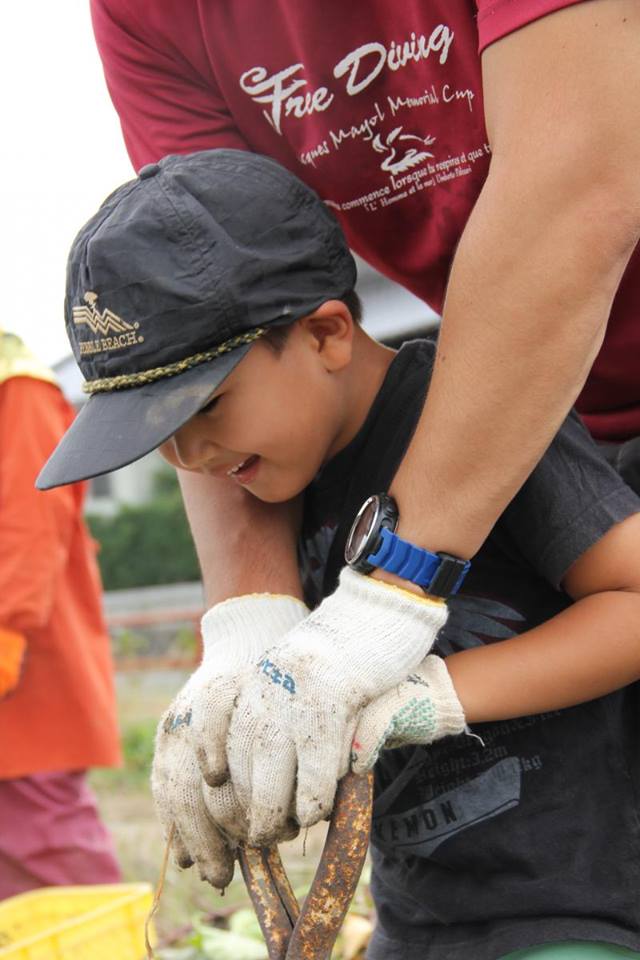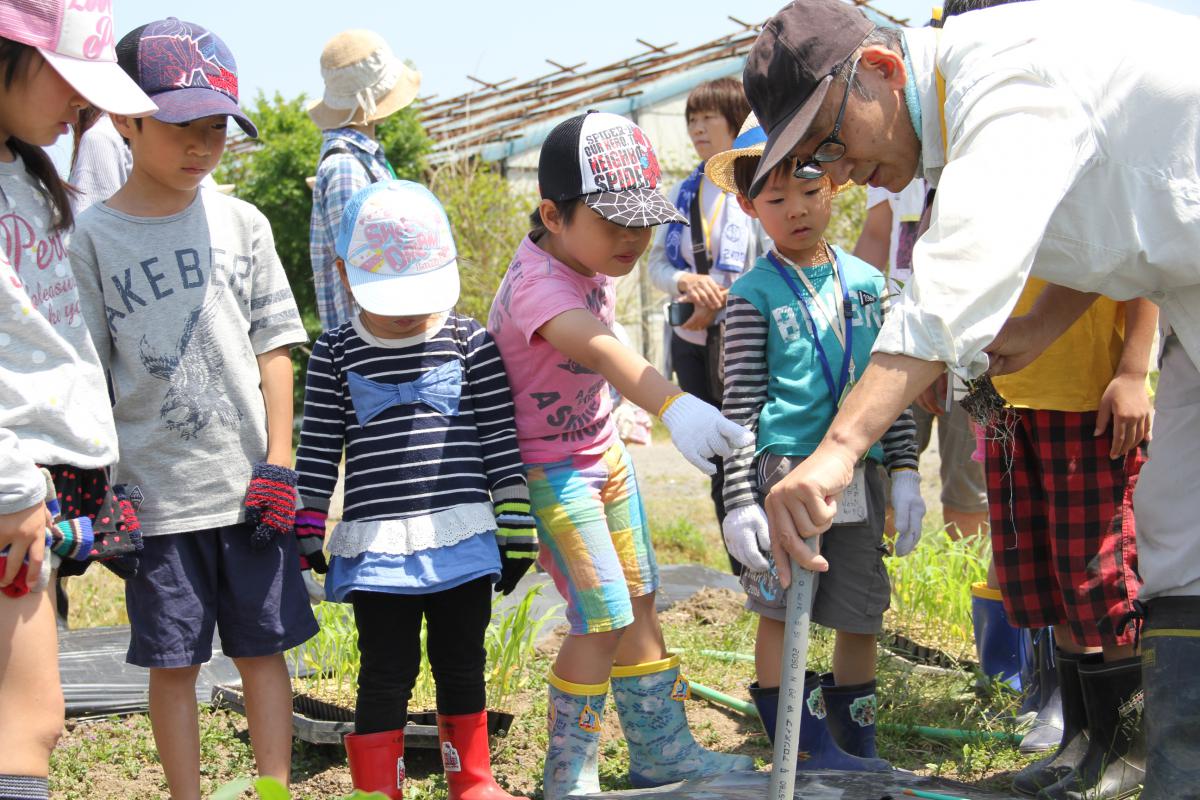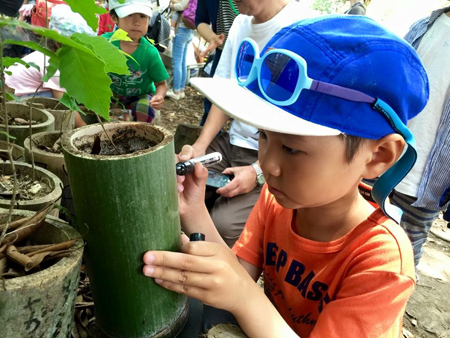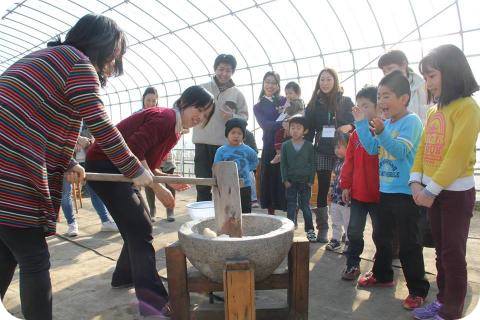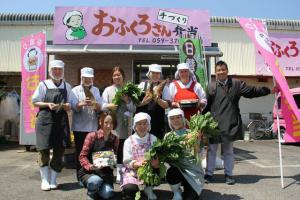As One Network perfomed at GEN's International LIVE
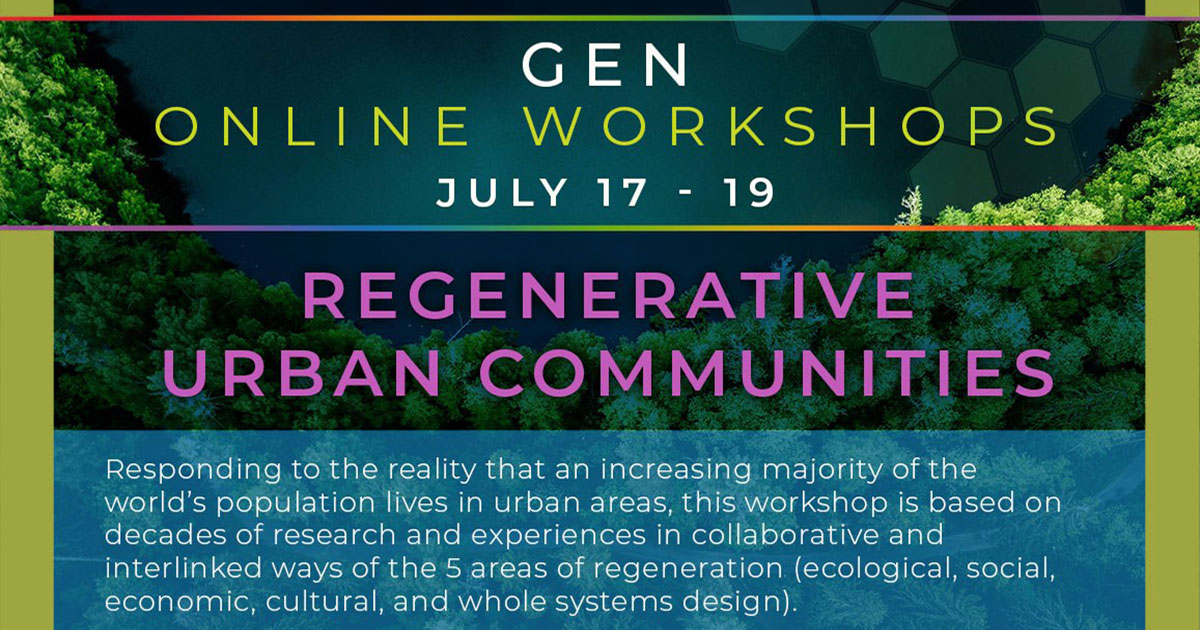
Regenerative Urban Communities – with Taisa Mattos LIVE July
The Global Ecovillage Network (GEN) held an online lecture from July 17 to 19. On Saturday, July 18 at 9:30 pm (Japan time) for about one and a half hours, GEN-Japan was asked by Taissa Matthes (GEN’s Education Staff) to introduce the As One Suzuka Community as a case study of sustainable urban community building. And 5 members of the International Division of As One Suzuka community, and GEN-Japan’s representative Katayama appeared in the lecture.
A Regenerative Society
= Regenerative Human Relationships
= Relationships with Person to Person who can talk to each other about anything.
We believe that the realization of a sustainable and comfortable living environment, including eco-villages, will lead to the building of relationships with people who are willing to discuss anything and everything without hesitation, even though it may seem like a long way off. We believe that this is the way to go.
At present, half of the world’s population lives in large cities, but in order to break free from this situation, we need opportunities to learn from a variety of practical examples of how to build the next society. In this Online Project, we took up “As One” as a viable case study for this, and Masashi Ono presented slides of his 20 years of experience.
As a model for a new way of living in the future, it has the potential to be designed as a mosaic of units connected to each other, even inside Mega or Large cities.
A small circle of people and people who can talk to each other about anything can make it possible to have a home and a workplace within a few minutes’ walk of each other, agriculture that makes the best use of available land, food production and processing, and a small circle of organic matter that can enrich the soil and fertilize it.
Participants asked a variety of questions. The main ones were as follows
*What are the challenges we are facing now?
*What kind of relationship do we have with the local government?
* What does the economy look like when nearly 150 people are living like a big family?
*How can any person’s desires and will be respected at work or school without being blamed or punished?
*What is the true nature of people and how can we create a social system that respects them?

Masashi Ono ( ScienZ Institute)
The International Department of the As One Network
Mr. Masashi Ono (Science Institute), Mr. Kazutaka Sakai (Community Management), Mr. Hiroya Fukuda (Science School), Mr. Felix Minowa (Science Academy student) and Ms. Marcelin Minowa (Science School interpreter), who is currently living in Switzerland, participated in the event and introduced their activities from their respective perspectives.
The video and website of As One were also included as a common resource for the GEN.
*A comprehensive introductory video of As One: https://youtu.be/ISw34Ud99Ek
*Science Academy introductory video: https://youtu.be/csYI-kTrOag
Website: http://as-one.main.jp/English/
- | -
